Car Audio Clipping || What is it and what causes it?

Every now and then, you want to hear some distortion in your music, like a chugging rhythm guitar or a face-melting solo. Distortion can sound great when it is intentional. The rest of the time, hearing distortion means something is wrong. Clipping is a common type of unintentional distortion, so let’s go over exactly how you can identify it, why it happens, and how to fix it.
<a picture of a sine wave or a speaker visibly making music wouldn’t be bad here>
What Does Clipping Sound Like?
Clipping sounds like the speakers are just giving up on certain frequencies. It’s a combination of distorted, crumpled sounding notes and loud pops. Sometimes, it’ll just be a very quick spike, other times it will be on-going. If you only experience clipping on rare occasions, chances are that you’re very close to the sweet spot, and you’ll only need to dial things back a little bit.
What Can Cause Clipping?
To put it simply, clipping happens when you try to push your amplifier too hard. Clipping is the product of your amplifier trying to deliver too much power to your speakers. Clipping can occur every now and then, for example during a huge bass drop or when someone’s wailing on the cymbals in a drum solo, or it can be an ongoing problem.
To put it less simply, the Sinusoidal Waveform (sine wave) is supposed to be smooth at the peaks and troughs (the tops and bottoms of the wave). When the gain on an amplifier is increased beyond a level that the speakers can handle, it causes the peaks to spike and become clipped off, causing distortion.
It is often (but not always) the lower frequency range that will trigger clipping, since bass typically requires more power than higher frequencies do.
<a picture of amp dials/settings and such would be pretty decent here>
How to Avoid/Fix Clipping?
If you’re experiencing clipping, the first thing to do is to make sure that the RMS power rating on your amp matches what your speakers are designed to handle. Otherwise, you won’t only have nasty clipping to deal with, but you risk overheating and permanent damage to your equipment.
The easiest fix, if you’re lucky, is simply to turn down your gain a bit, so that you’re feeding less power into your speakers. Keep in mind that your gain dial is not a volume control, and it’s about finding the correct setting, not necessarily trying to crank it all the way up.
Note: When it comes to dialing in the correct gain setting, you don’t have to guess. Here’s a tutorial for correctly setting your gain using a formula.
To fully eliminate any clipping, you may have to set the gain lower than you would like, and in that case, there are some other things you can try.
Doing the Big 3 upgrade to your car’s electrical system can help to clean up the signal, particularly in cases where the clipping is more sporadic. The Big 3 just increases the gauge of some important wires, but if there isn’t enough power to begin with, it won’t fix your clipping issue.
If the clipping is due to a problem with your electrical system and the Big 3 isn’t enough to put you over the edge, it may be time to take the plunge and upgrade to an aftermarket alternator to provide your amp with the current it needs.
Seeking out more efficient speakers is another way to get higher volume levels from your amp without requiring as much power.
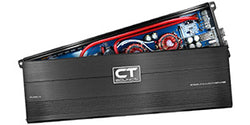
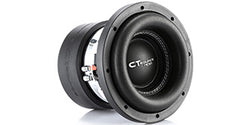
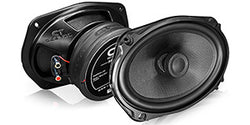
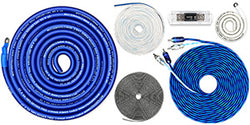
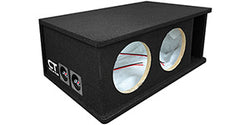
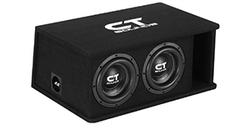
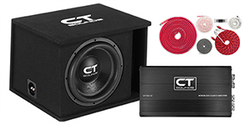




Leave a comment